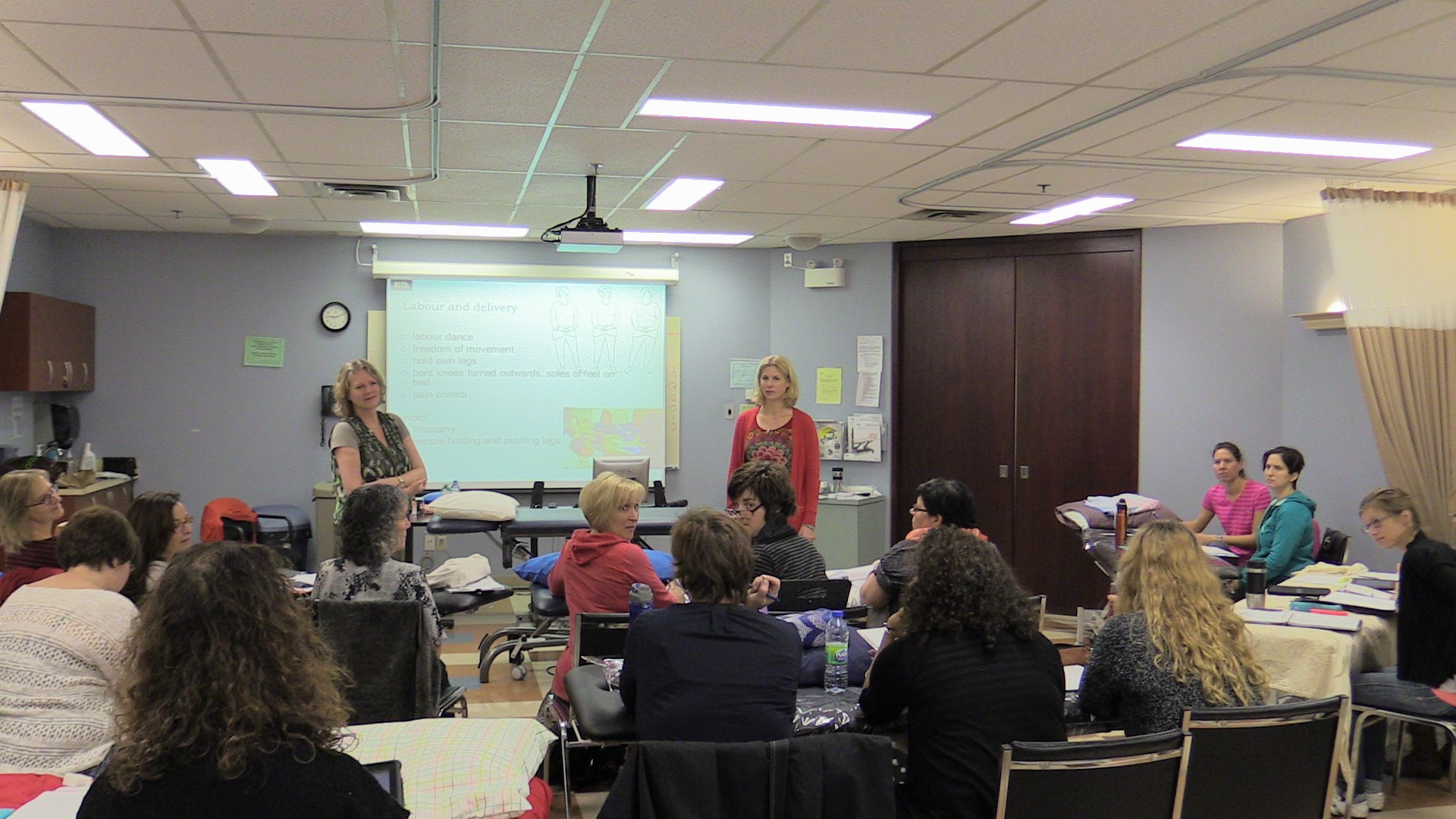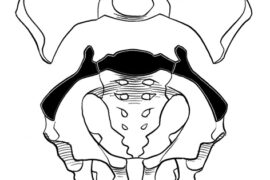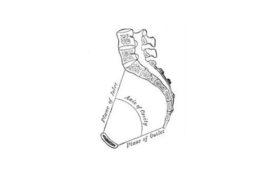
Research is Growing
A growing number of publications present research findings of studies, meta analyses and reviews. You can find the abstracts on search machines like PubMed Health when you type in Pelvic Girdle, Sacroiliac Pain, or Symphysis Pubis Dysfunction. Exercise programs and acupuncture are found to be effective treatments, although strong evidence of the best treatment is still needed.
Interesting facts
- About 45% of all pregnant women and 25% of all postpartum women experience back or pelvic girdle pain. Percentages drop to 20 percent when mild complaints are not included. Heavy work, previous lower back pain and previous PGP are risk factors. Wu et al, 2004
- Pregnancy-related PGP and LBP are common, with significant physical, psychological and socioeconomic effects. Vermani et al, review 2010.
- Pelvic girdle pain (PGP) is a term used specifically to refer to pregnancy-related pain in the lumbosacral, sacroiliac and symphysis pubis joints. Pregnancy-induced hormonal and physical changes increase the risk of musculoskeletal problems in pregnancy. The severity of these conditions varies from mild pain to a severe disabling condition. PGP is common in pregnancy and is usually managed well with good treatment. Rarely, a woman with PGP may need hospital admission for further investigations and management. Early intervention can help to avoid serious disability. Lack of awareness and failure of recognition of PGP not only results in women feeling isolated, but may also lead to persistent PGP and disability. Keriakos et al, review 2011
- Lumbopelvic pain symptoms and their impact on daily activities at 36 weeks of gestation can be predicted by psychological determinants earlier in pregnancy; the combination of perceived stress and physical disability at 24 weeks of pregnancy seems to be the best predictor of disability in later pregnancy. Bakker et al, 2013
- Three themes influencing the women’s daily life were identified: 1) activity and pain, 2) lack of acknowledgment of pain and disability, and 3) changed roles. A daily life with pain and limited physical activity was difficult to accept and made some of the women feel discouraged, isolated and lonely. Despite this, women had positive attitudes towards their problems, which may have positively increased their ability to cope. The findings also revealed the importance of a reciprocal influence between the woman and her environment, and that social support was crucial. Engeset et al, 2014
- In February 2017 Cecile Röst received her Master’s degree as a Clinical Epidemiologist. She studied Evidence Based Practice in Healthcare at Amsterdam University( UvA). She developed and validated a PGP questionnaire for pregnant, postpartum and chronic patients: the Overall Complaints Index for Pelvic Girdle Pain (OCI-PGP). The OCI-PGP consists of four domains: painful daily activities, participation problems, pain locations and social/emotional factors. Validation and publication in English will follow.
Rost Therapy is actively involved in research and we publish our findings in our research database.










